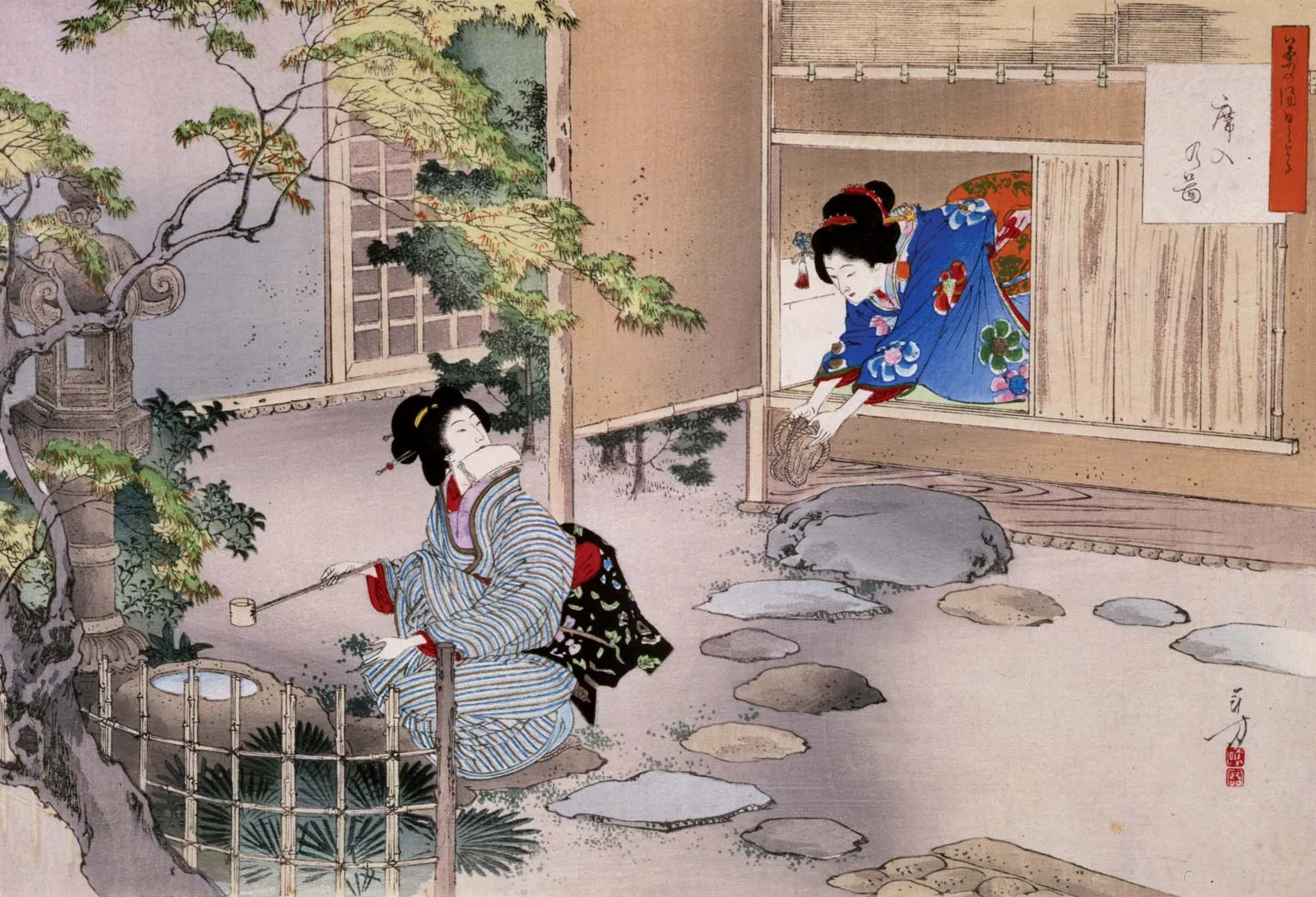In Brief
Stop wasting resources → Anticipate customer needs before they ask.
Boost trust with transparency → 73% of consumers stick with eco-friendly brands.
You’ve seen this in action → Think of a café that remembers your order.
Historical Roots: More Than Just “Don’t Waste”
Mottainai (もったいない) started in 15th-century Japan, blending Buddhist respect for life and Shinto gratitude for nature. Samurai repaired armor instead of replacing it, while farmers reused every rice husk. Even kids learned rhymes like “Mottainai, don’t leave a single grain!”
Key Dates:
1467 CE: Tea masters popularized repairing cracked bowls (kintsugi) as art.
Edo Period (1603-1868): Laws required recycling paper and textiles.
2004: Nobel winner Wangari Maathai called Mottainai a global eco-slogan.
Source: Britannica Tea Ceremony

Modern Mottainai: Case Studies
Real Example:
MUJI’s “No-Logo” Policy: Saves ink/energy by avoiding flashy packaging. Result: 18% sales boost in eco-conscious markets (Statista, 2023).
Case Study:
GreenTech Apps: A SaaS company reduced data storage waste by 40% using Mottainai-driven UX. Users get “light” mode (less energy) and auto-delete old files.
Data Insight:
73% of consumers switch to brands with clear sustainability practices (UN Global Sustainable Development Report, 2023).
Actionable Strategies: The Mottainai Efficiency Loop
Apply this 4-step framework:
ASSESS: Audit waste (materials, time, data) monthly.
OPTIMIZE: Trim redundancies (e.g., 3-click checkout).
ENGAGE: Explain savings to customers (“You saved 2 trees!”).
ITERATE: Use feedback to refine every quarter.
Traditional vs. Mottainai Business Models
| Aspect | Traditional | Mottainai Style |
|---|---|---|
| Packaging | Flashy, single-use | Minimal, reusable |
| Customer Feedback | Yearly surveys | Real-time pulse checks |
| Data Usage | Hoard all data | Delete what’s unnecessary |
Pitfalls & Fixes
Problem: GDPR vs. Personalization
Fix: Mottainai respects resources—collect only essential data. Example: A bakery asks, “Do you really need their birth year?”
Problem: “Reuse” Feels Cheap
Fix: Frame it as premium care. Luxury brand Patagonia repair program keeps 85,000+ garments out of landfills annually.
もったいないことをするな
Directly translates to “Don’t do wasteful things” and encapsulates Mottainai’s core ethos. Another related proverb is “Ichigo Ichie” (一期一会), meaning “One time, one meeting”—treasure every moment and resource because they’ll never come again.
FAQ
Can Mottainai work for digital products?
Yes! Slack’s “threads” reduce redundant messages. Less clutter = faster teamwork.
How’s Mottainai different from minimalism?
Minimalism is design. Mottainai is emotional respect for resources.
Startups have no budget—how to start?
Try a “digital Mottainai” week: Delete unused files, shorten meetings, automate repetitive tasks.
